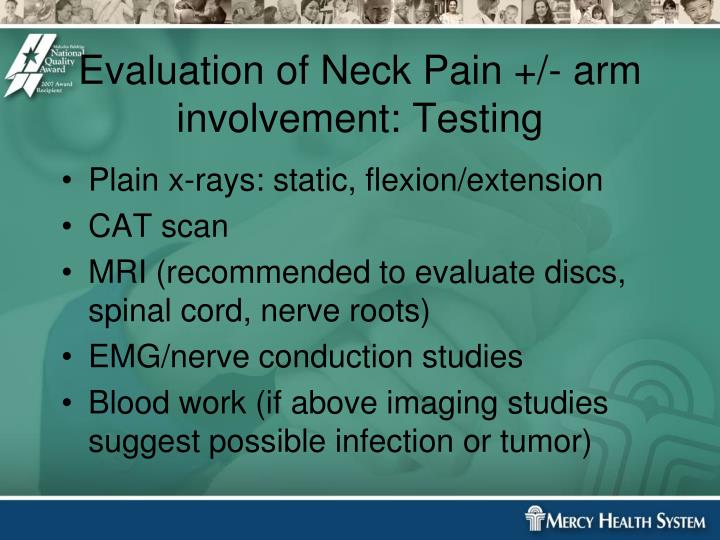
 Benign paroxysmal positional vertigo (BPPV).įor this reason, your healthcare provider will need to rule out other conditions before making a diagnosis. Instead, most people describe a lightheaded or “floating” sensation.įurthermore, cervical vertigo symptoms overlap with symptoms of many vestibular (inner ear) disorders, including: Unlike other types of vertigo, cervical vertigo rarely makes you feel like you’re spinning. Visual symptoms, such as rapid eye movement and visual fatigue. What are the symptoms of cervical vertigo?Ĭervical vertigo symptoms vary from person to person. Arthritis of the neck ( cervical spondylosis). But the condition is much more common in people with: Who does cervical vertigo affect?Īnyone can develop cervical vertigo. Cervical vertigo is a specific type of vertigo in which dizzy sensations are related to neck injury or inflammation. Vertigo refers to the sensation of spinning, even when you’re not moving. What is the difference between vertigo and cervical vertigo?
Benign paroxysmal positional vertigo (BPPV).įor this reason, your healthcare provider will need to rule out other conditions before making a diagnosis. Instead, most people describe a lightheaded or “floating” sensation.įurthermore, cervical vertigo symptoms overlap with symptoms of many vestibular (inner ear) disorders, including: Unlike other types of vertigo, cervical vertigo rarely makes you feel like you’re spinning. Visual symptoms, such as rapid eye movement and visual fatigue. What are the symptoms of cervical vertigo?Ĭervical vertigo symptoms vary from person to person. Arthritis of the neck ( cervical spondylosis). But the condition is much more common in people with: Who does cervical vertigo affect?Īnyone can develop cervical vertigo. Cervical vertigo is a specific type of vertigo in which dizzy sensations are related to neck injury or inflammation. Vertigo refers to the sensation of spinning, even when you’re not moving. What is the difference between vertigo and cervical vertigo? 
So, when this area of your spine is inflamed, arthritic or injured, it can make you feel dizzy, lightheaded and unsteady. Your cervical spine - or, your neck - plays a key role in balance and coordination.

Though, in most cases, symptoms don’t appear until months or years after the initial trauma. Cervical vertigo can also occur following a cervical spine injury. Cervical vertigo - also called cervicogenic dizziness - is a condition that causes both neck pain and dizziness.







 0 kommentar(er)
0 kommentar(er)
